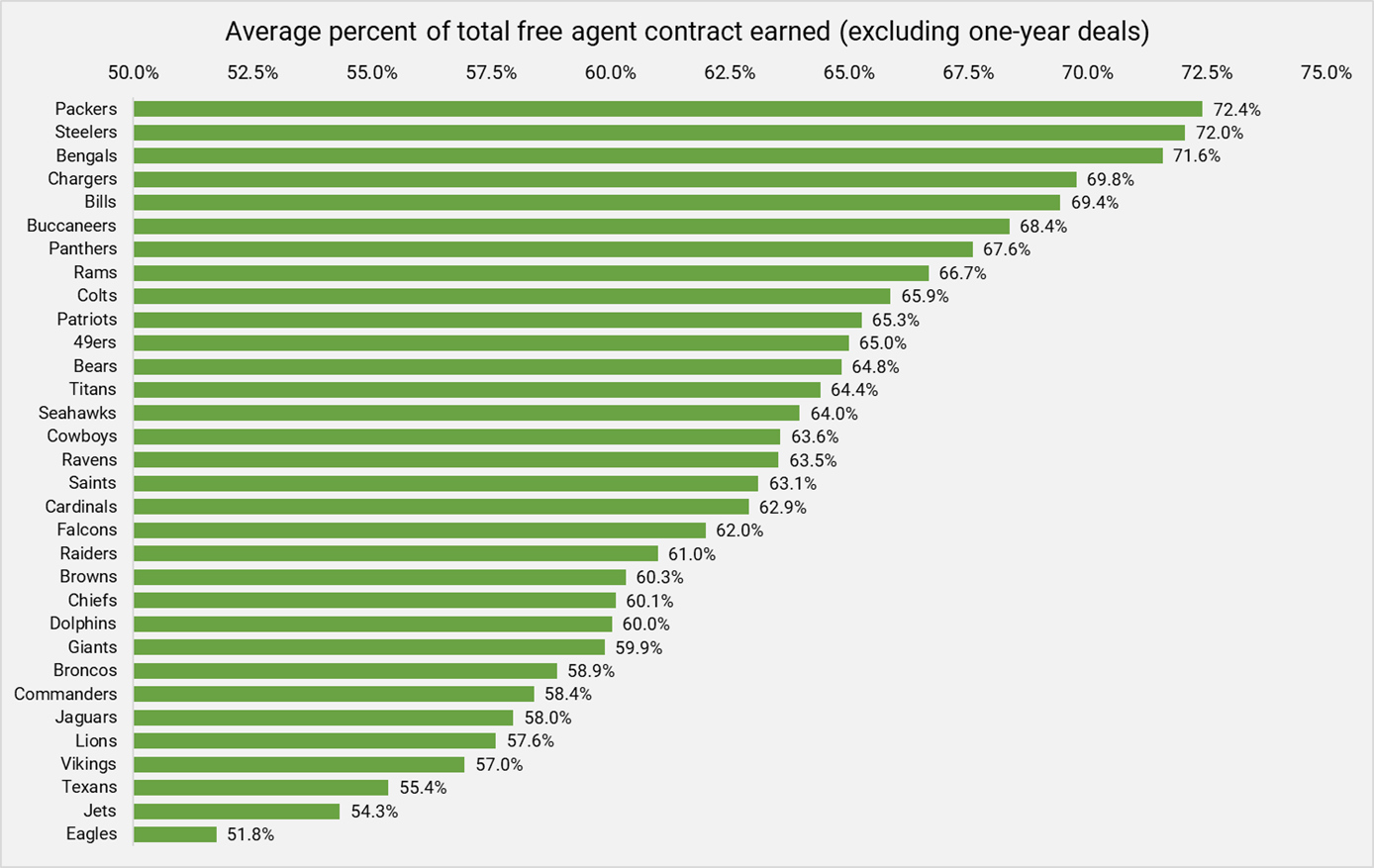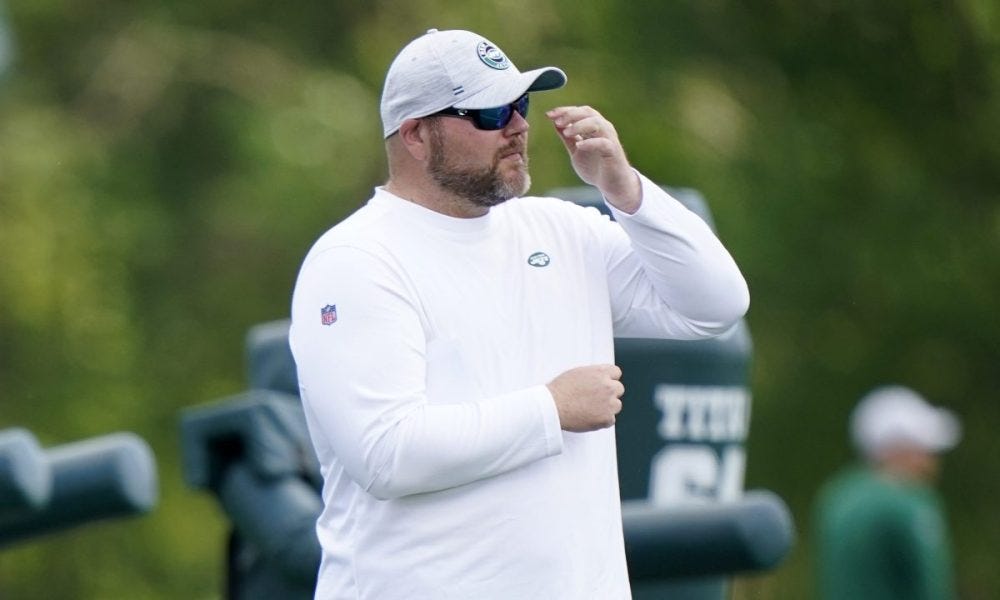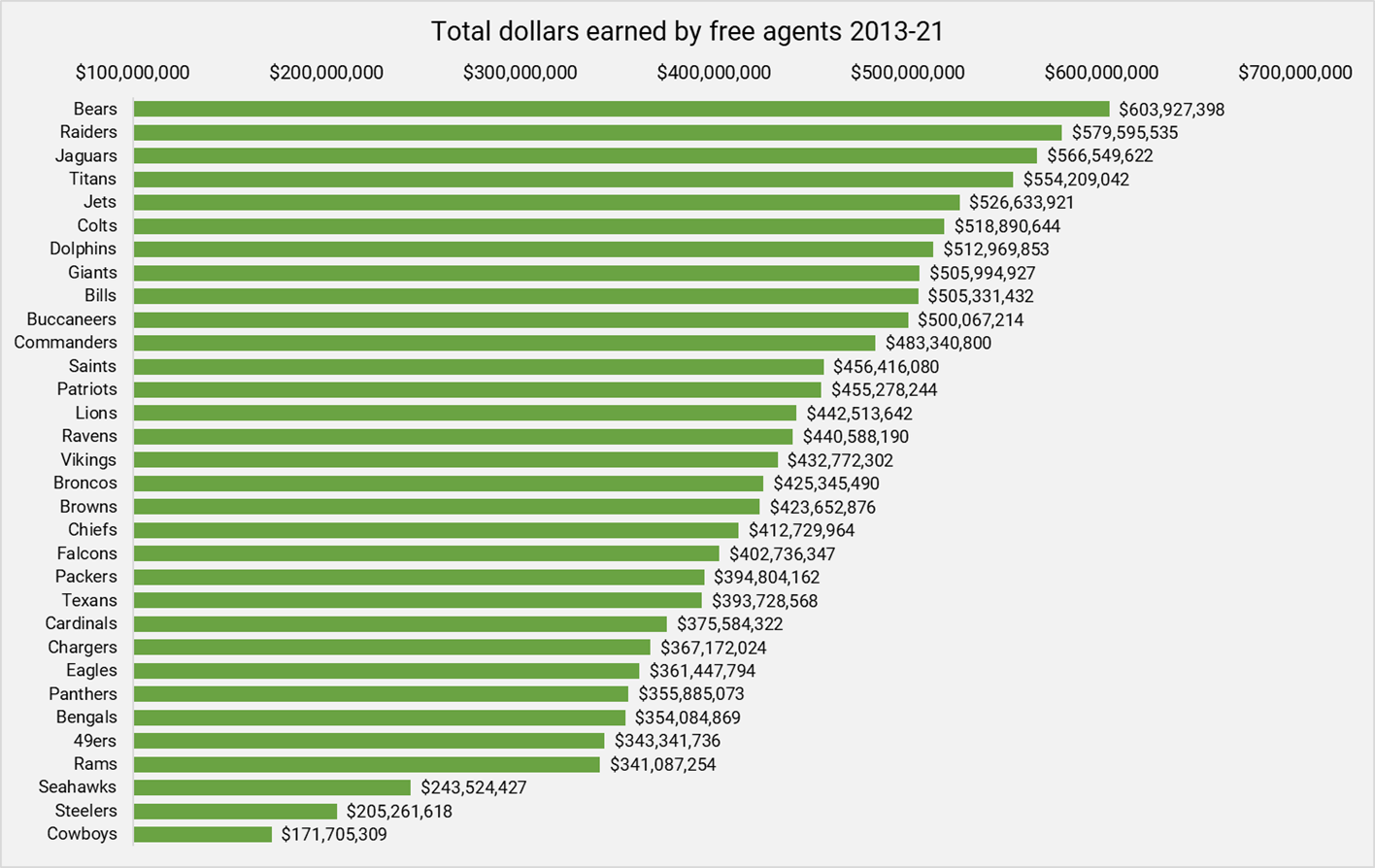🌟 Good Morning,
We’re almost at the weekend, one more week closer to football. Jets camp will really swing into action next week as the veterans show up.
We’re also only 3 weeks away from the Jets starting their pre-season action in Philadelphia.
It’s so close I can almost touch it!
Roster moves
🚚 The Jets officially announced that they’ve placed 5 players on the PUP list (physically unable to perform) to start training camp. Mekhi Becton, George Fant, Dru Samia, Carl Lawson, and C.J Uzozomah will still be able to use team facilities and attend meetings but they won’t be able to practice until they’re removed from the PUP list. Interestingly Jamien Sherwood who tore his Achilles in October wasn’t placed on the PUP list, which is a great sign for his recovery. The Jets also announced that they had placed tackle Greg Senat on the reserve/non-football injury list.
Former Jet Watch
👀 The Raiders signed former Jet Matthias Farley to a deal yesterday. Farley played for the Jets in 2019 and 2020, although he rarely saw the field. In total he appeared in 205 defensive snaps over two years, allowing 2 touchdowns while not recording an interception. He spent the 2021 season with Tennessee and now he’ll get a chance to catch on with Las Vegas.
PFF released a really interesting article yesterday about the value that teams have received from their free agent signings between 2013 and 2021. Considering the Jets have had 3 GMs through those years, you won’t be surprised to hear that the Jets didn’t rate very highly, hopefully, that will change. I just wanted to share a couple of graphs.
The first graph shows the average percent of total free agent contracts earned, excluding one-year contracts. Basically, this outlines the players who finished their contract. PFF explains it with a simple example, “if player X signed a two-year, $10 million deal and was cut after one season with cash earnings of $6.5 million, he earned 65% of the total contract value”.
Under the reigns of John Idzik and Mike Maccagnan, the Jets went through a period of signing players to longer contracts with guarantees spread throughout. Joe Douglas does the exact opposite, he tends to sign players with the guarantees front-loaded.
No deal emphasizes this issue more than the one handed out to Trumaine Johnson. Johnson was cut only 2 years into his five-year, $72.5 million contract that guaranteed him $34 million. Because of the way the deal was structured, the Jets had to pay Johnson $4 million in 2020 and $8 million in 2021, despite him not taking a single snap for the team.
It speaks volumes about the situation that Joe Douglas inherited and the job he’s done to reduce the dead cap problem. Joe inherited $27.6 million of dead cap when he was named GM and then one year later the Jets were on the books for $44.3 million, in 2021 we saw that number reduce to $24.3 million and in 2022, the Jets are slated to have $2.08 million of dead cap. Dead cap is wasted cap, it’s space being consumed by players who won’t contribute, Douglas moving the needle down to $2.08 million is monumental.
That $2.08 million is the lowest mark in the league, at the other end of the scale, you have the Atlanta Falcons with $63,246,124 in dead cap this season. The Jets also have a $0 dead money cap projection for next season, obviously, that can change but it’s a good sign considering Joe Douglas came on board in 2019, it shows he hasn’t handed out bad contracts that will hamstring the franchise long-term.
How did we get here? Smart contracts. Joe Douglas took a page out of the books of teams like the Packers and Steelers who rarely offer guarantees deep into a contract, in fact, most contracts handed out only had guarantees in year one.
Greg Van Roten’s three-year contract had no guarantees in year three which allowed us to cut him, and only $500 guaranteed in year two. Most of the guarantees were in year one.
George Fant signed a three-year contract which included $0 guarantees in year three. Connor McGovern signed a three-year contract which included $0 guarantees in year three.
Corey Davis signed a three-year contract which included $0 guarantees in year three, Carl Lawson exactly the same, three-year deal with no guarantees in year three. It rings true this year as well, C.J Uzomah signed a three-year deal with $0 guarantees in year three, and so did Laken Tomlinson, although all his guarantees are in year one.
I love the philosophy of Joe Douglas, which is often criticized by some. He doesn’t hand out these huge 5-6 year deals that have the potential to hamstring franchises, he hands out good solid contracts for the players that don’t risk your future. He is also keeping long-term flexibility by keeping free agent contracts short, remember we’ve made a lot of high draft picks recently and at some point, they’ll need to be signed to their second deals.
Look at the teams who avoid considerable dead cap issues and then look at the teams at the bottom of the chart, seems like a reasonable correlation.
Here is the second chart which is a very simple one. It shows the total amount of free agent $$’s teams have spent over the last 9 years. Look at the top five in this list.
The Jets are sitting there at number 5 having spent over $526 million on free agents, you can say a lot about the Johnsons, but saying they don’t open the wallet for free agents just isn’t accurate, the issue is the Jets have given the $$’s to the wrong players. We all know we haven’t made the playoffs over the course of this graph’s timeline, yet we’ve spent the 5th most on free agents. That says to me that we’ve drafted poorly and signed the wrong players…which is a direct indictment on the GM.
But look at the other teams, the Bears have made the playoffs twice losing in the wild card on both occasions. The Raiders have made the playoffs twice losing in the wild card on both occasions, and the Jaguars have made the playoffs once losing in the AFC Championship game. The Titans have been by far the most successful having made the playoffs 4 times, all of those coming in the last 5 years.
Spending money doesn’t always equal success, but spending money badly almost certainly doesn’t.










Nice article and nice charts that are clear and direct.
Excellent article David. It’s going to be very interesting to see those graphs in another ten years time